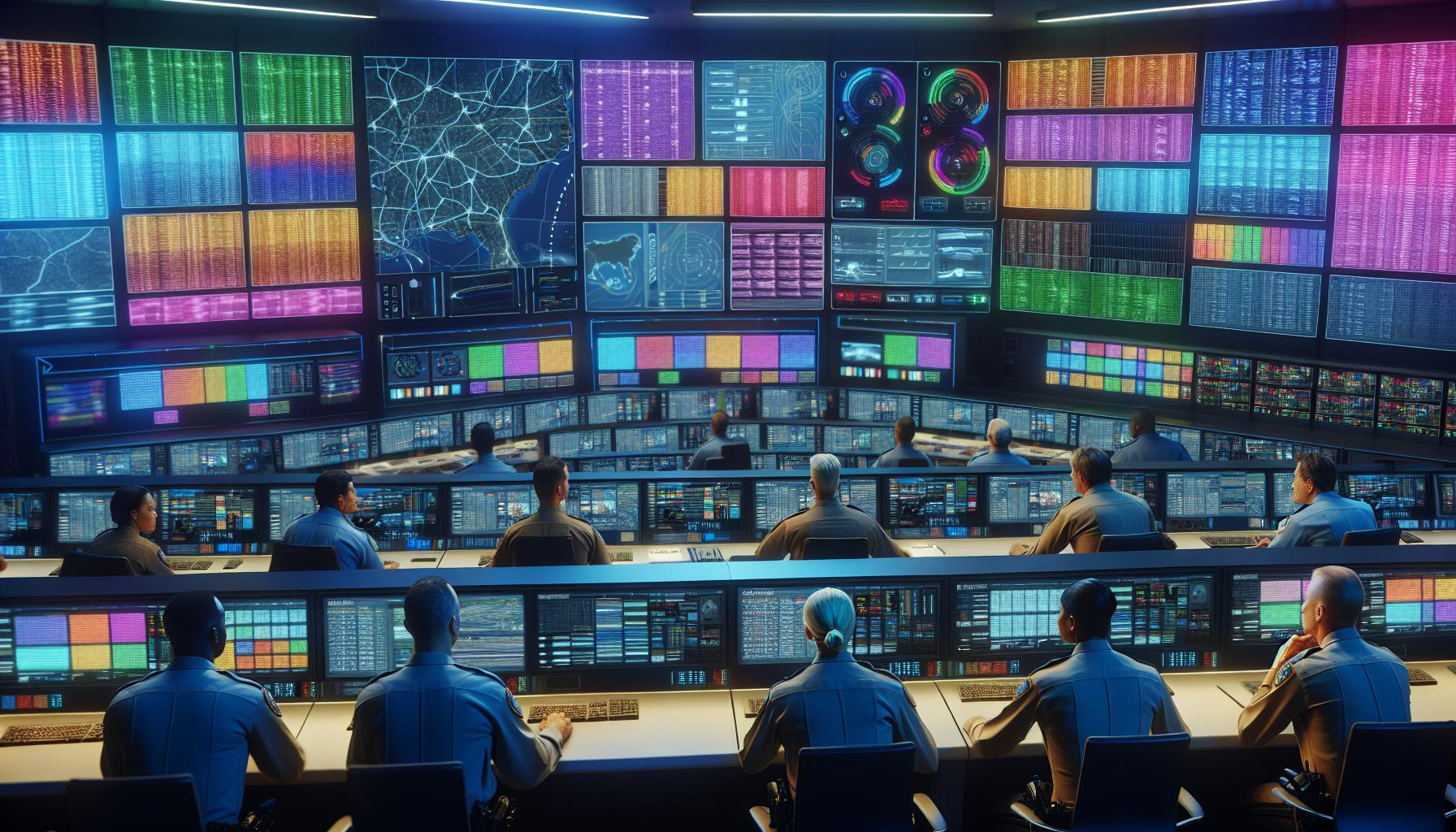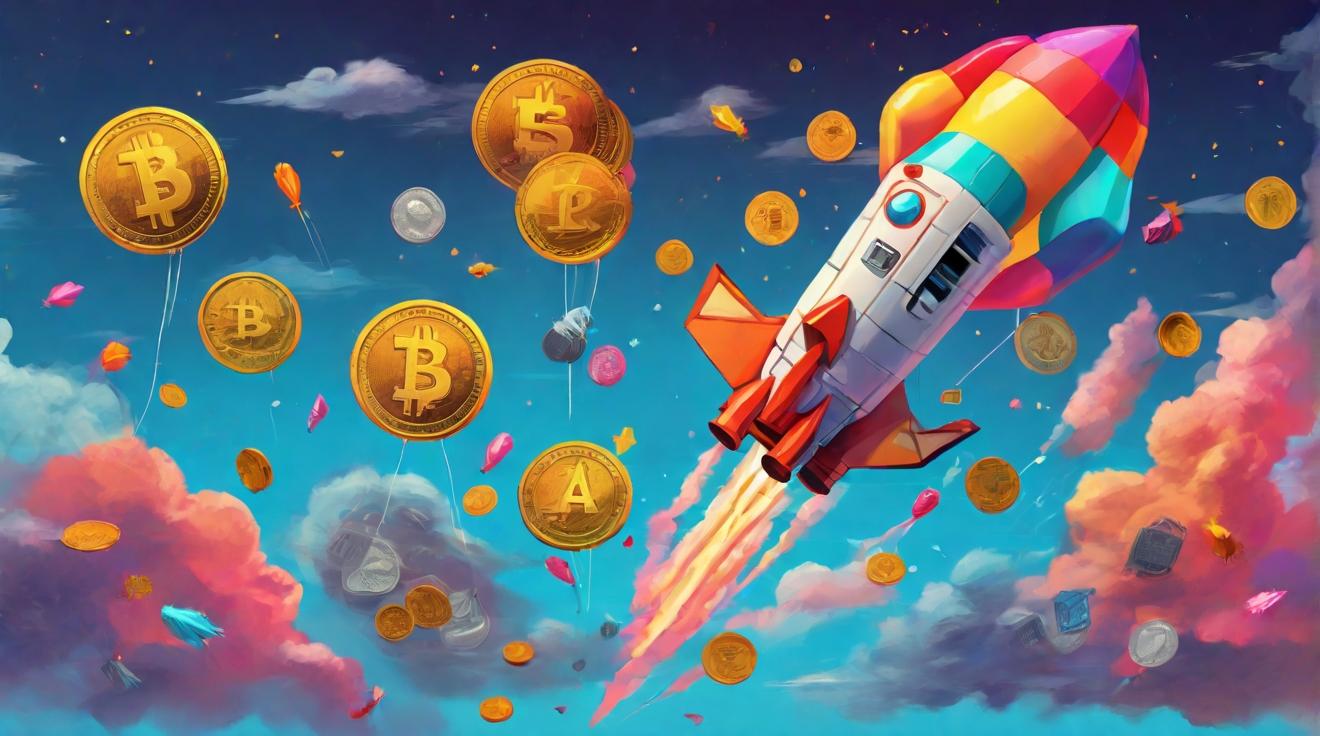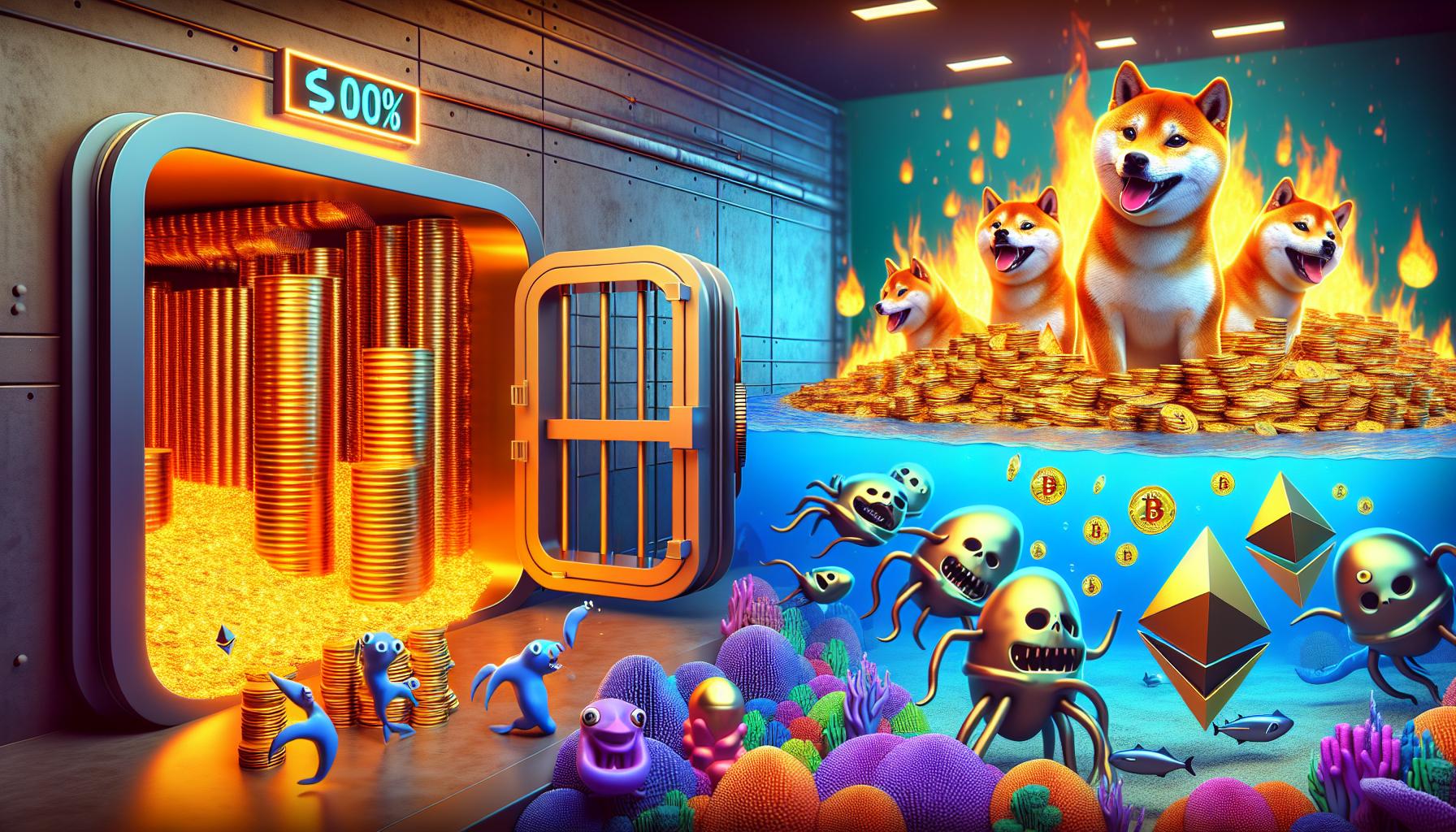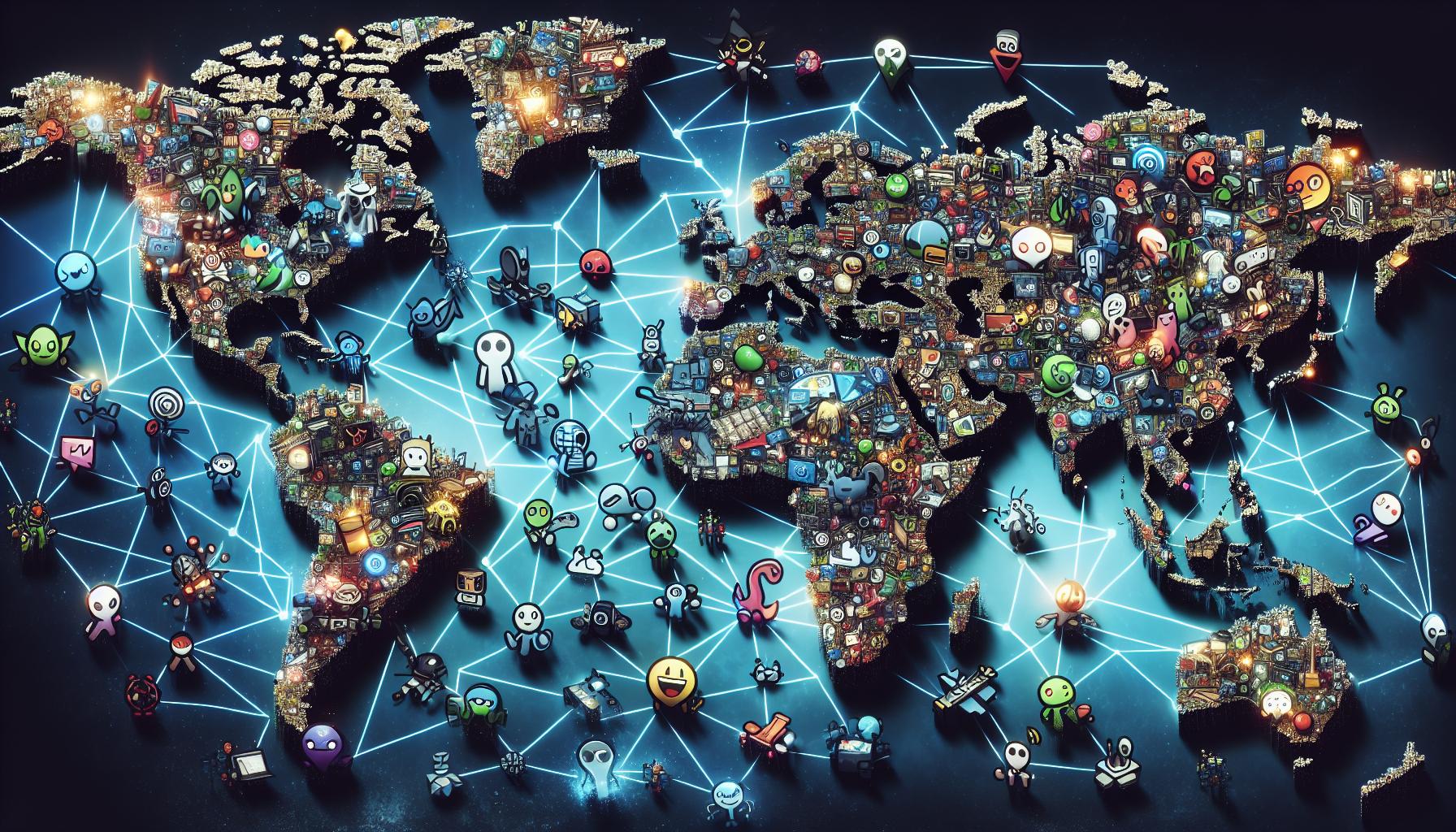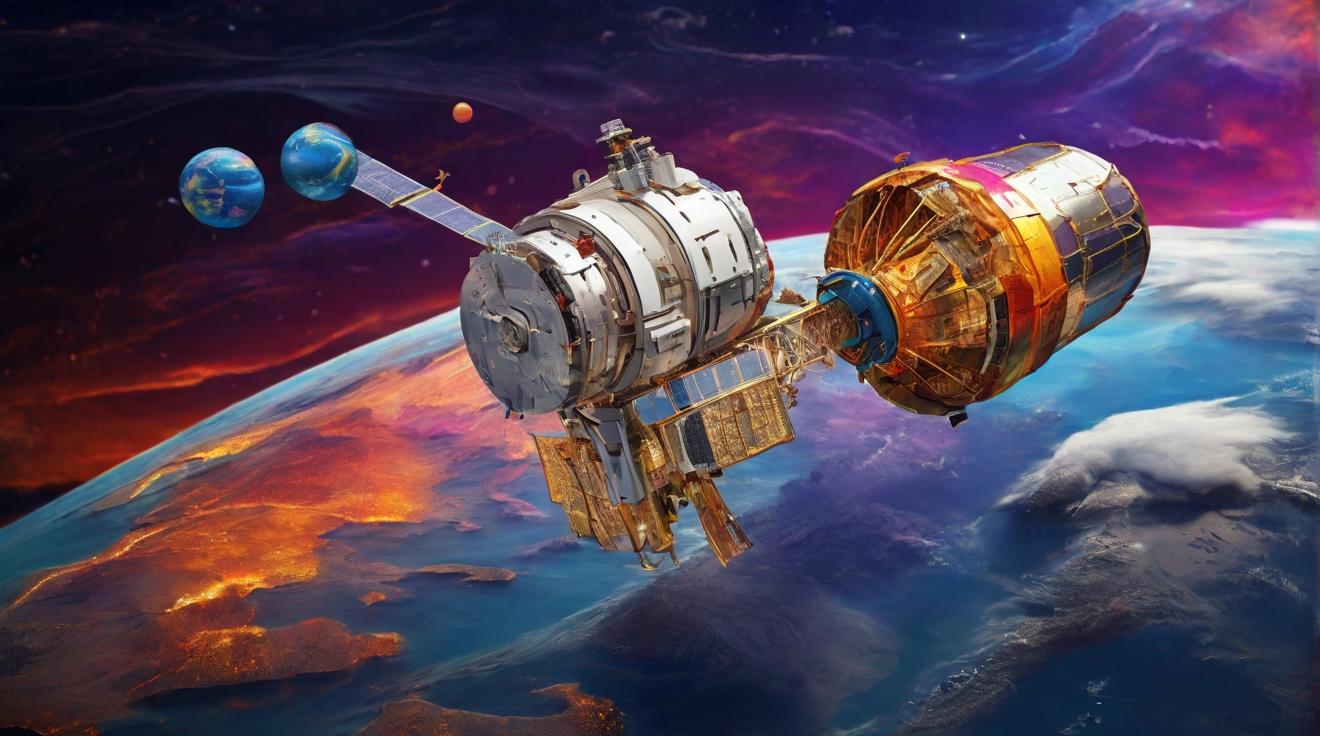AI’s Transformative Role in Content Creation
Adam Mosseri, head of Instagram, recently shared insights on how artificial intelligence is reshaping the creative landscape. Speaking at the Bloomberg Screentime conference, Mosseri emphasized that AI tools are democratizing content creation by enabling individuals who previously lacked resources to produce high-quality material at scale. “If you take a big step back, what the internet did was allow almost anyone to become a publisher by reducing the cost of distributing content to essentially zero,” Mosseri explained. “Generative AI models appear poised to reduce the cost of producing content to basically zero.” He acknowledged, however, that this does not negate the significant financial, environmental, and human costs associated with AI development and deployment.
Responding to Creator Concerns Over AI
Mosseri addressed recent comments from popular creator MrBeast, who expressed apprehensions that AI-generated videos could jeopardize creators’ livelihoods. MrBeast described the situation as “scary times” for the industry. Contrary to this view, Mosseri suggested that AI would not replace creators like MrBeast, known for elaborate productions, but rather augment the creative process for many. He noted the prevalence of “hybrid” content where AI assists in workflows—such as color correction or filtering—without fully synthetic outputs. “The line between organic and AI-generated content is becoming increasingly blurred,” Mosseri observed. “There will be more content blending both elements rather than purely synthetic creations in the near term.”
Challenges in AI Content Identification and Labeling
Mosseri conceded that Meta has a responsibility to help users identify AI-generated content but admitted that the company’s initial approach to automatic labeling was misguided. The system sometimes misclassified genuine content as AI-generated due to the use of AI-based tools in the production process. He described this approach as “a fool’s errand” and emphasized the need for improved methods that provide contextual information rather than relying solely on automated tags. One potential solution Mosseri hinted at is the expansion of Meta’s Community Notes, a crowdsourced fact-checking system that adds corrections or clarifications based on user consensus rather than third-party verification. This could extend to flagging AI-generated content with nuanced context.
The Societal Imperative: Educating for a New Reality
“My kids are young. They need to understand that just because they’re seeing a video doesn’t mean it actually happened,” Mosseri said. “They must learn to consider who is sharing content, their incentives, and why.”
Mosseri highlighted the growing complexity for younger generations in navigating digital content authenticity. Unlike previous eras where videos were typically factual records, today’s AI capabilities demand critical evaluation skills.
Instagram’s Strategic Focus Amid Industry Changes
Beyond AI, Mosseri discussed Instagram’s evolving platform priorities. The company is increasingly concentrating on Reels and direct messaging, reflecting user behavior trends. Additionally, Instagram is developing a dedicated TV app to enhance video consumption. Regarding competition, Mosseri acknowledged TikTok’s influence in driving Instagram to improve. He cautiously commented on TikTok’s changing ownership in the U.S., noting the user experience and content ranking systems remain consistent despite ownership transitions. “It’s the same app, the same ranking system, the same creators you follow,” he said. “There doesn’t seem to be a major change in incentives.”
FinOracleAI — Market View
Adam Mosseri’s balanced perspective underscores AI’s dual role as an enabler and a disruptor within the digital content ecosystem. While AI lowers barriers for creators and fosters innovation, it simultaneously raises challenges around misinformation and content authenticity.
- Opportunities: Expanded creator participation, enhanced content quality, and innovation in hybrid AI-human workflows.
- Risks: Increased misinformation, difficulties in AI content detection, and the cognitive load on younger users to discern reality.
- Platform Responsibility: Necessity for improved labeling strategies and contextual information rather than simplistic AI flags.
- Competitive Dynamics: TikTok’s sustained user engagement pressures Instagram to continuously evolve.
Impact: Mosseri’s commentary signals a cautiously optimistic outlook for the creator economy, acknowledging AI’s transformative potential while emphasizing the need for societal adaptation and platform accountability.






